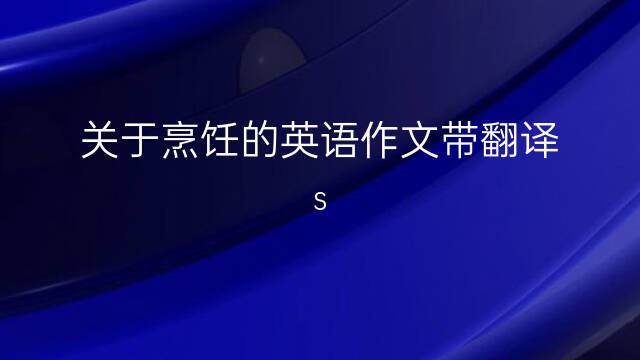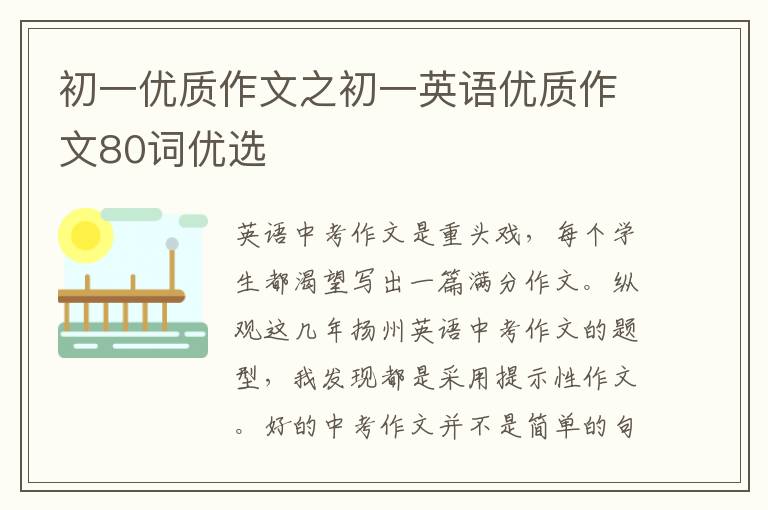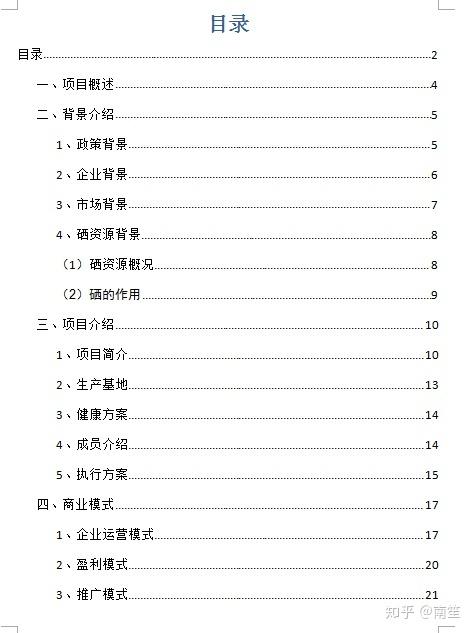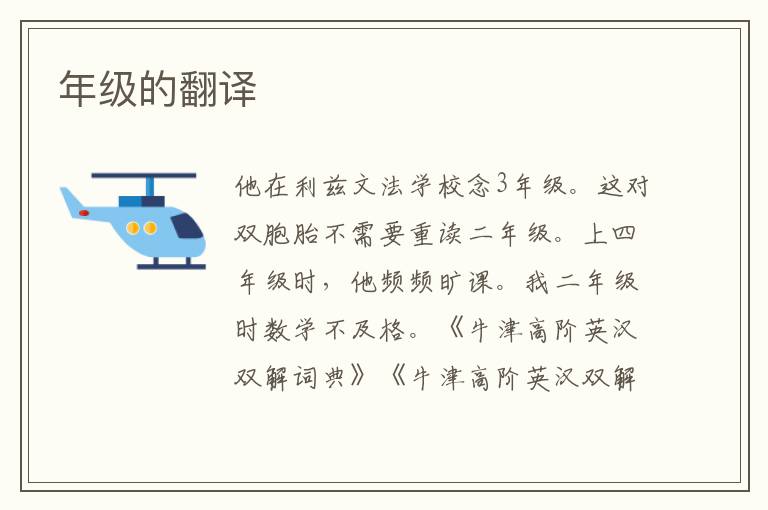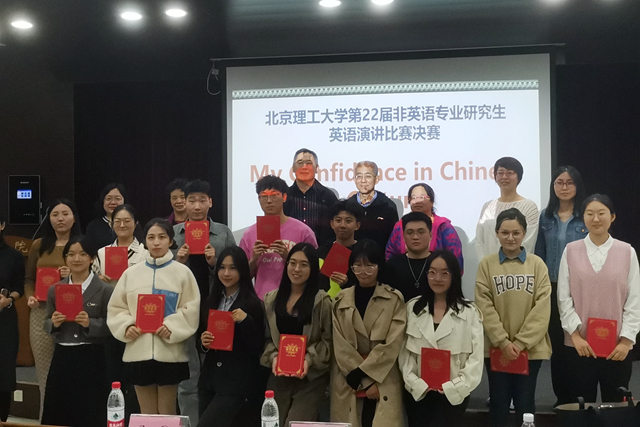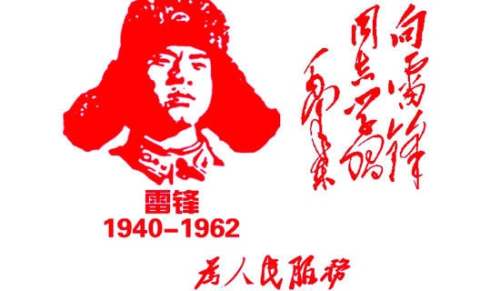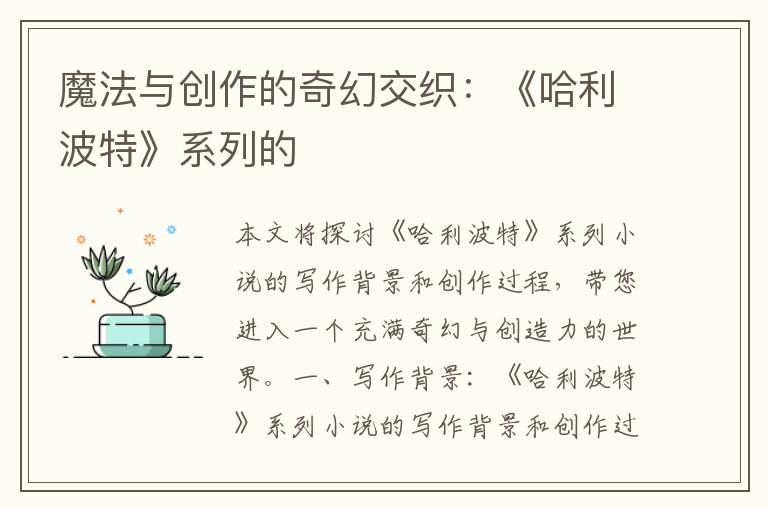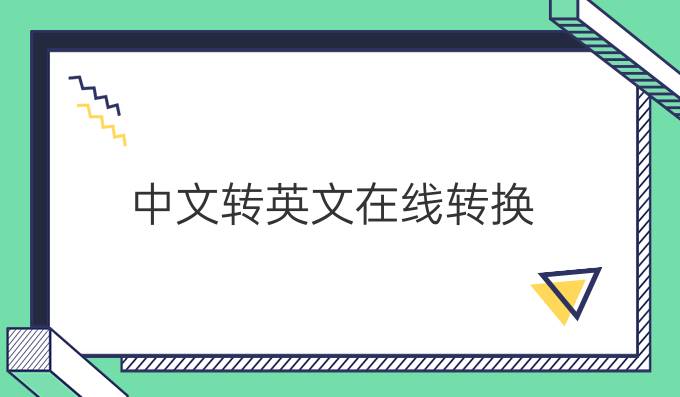雅思閱讀實戰訓練模擬試題

The Triumph of Unreason
A.Neoclassical economics is built on the assumption that humans are rational beings who have a clear idea of their best interests and strive to extract maximum benefit from any situation.Neoclassical economics assumes that the process of decision-making is rational.But that contradicts growing evidence that decision-making draws on the emotionseven when reason is clearly involved.
B.The role of emotions in decisions makes perfect sense.For situations met frequently in the past, such as obtaining food and mates, and confronting or fleeing from threats, the neural mechanisms required to weigh up the pros and cons will have been honed by evolution to produce an optimal outcome.Since emotion is the mechanism by which animals are prodded towards such outcomes, evolutionary and economic theory predict the same practical consequences for utility in these cases.But does this still apply when the ancestral machinery has to respond to the stimuli of urban modernity?
C.One of the people who thinks that it does not is George Loewenstein, an economist at Carnegie Mellon University, in Pittsburgh.In particular, he suspects that modern shopping has subverted the decision-making machinery in a way that encourages people to run up debt.To prove the point he has teamed up with two psychologists, Brian Knutson of Stanford University and Drazen Prelec of the Massachusetts Institute of Technology, to look at what happens in the brain when it is deciding what to buy.
D.In a study, the three researchers asked 26 volunteers to decide whether to buy a series of products such as a box of chocolates or a DVD of the television show that were flashed on a computer screen one after another.In each round of the task, the researchers first presented the product and then its price, with each step lasting four seconds.In the final stage, which also lasted four seconds, they asked the volunteers to make up their minds.While the volunteers were taking part in the experiment, the researchers scanned their brains using a technique called functional magnetic resonance imaging .This measures blood flow and oxygen consumption in the brain, as an indication of its activity.
E.The researchers found that different parts of the brain were involved at different stages of the test.The nucleus accumbens was the most active part when a product was being displayed.Moreover, the level of its activity correlated with the reported desirability of the product in question.
F.When the price appeared, however, fMRI reported more activity in other parts of the brain.Excessively high prices increased activity in the insular cortex, a brain region linked to expectations of pain, monetary loss and the viewing of upsetting pictures.The researchers also found greater activity in this region of the brain when the subject decided not to purchase an item.
G.Price information activated the medial prefrontal cortex, too.This part of the brain is involved in rational calculation.In the experiment its activity seemed to correlate with a volunteers reaction to both product and price, rather than to price alone.Thus, the sense of a good bargain evoked higher activity levels in the medial prefrontal cortex, and this often preceded a decision to buy.
H.Peoples shopping behaviour therefore seems to have piggy-backed on old neural circuits evolved for anticipation of reward and the avoidance of hazards.What Dr Loewenstein found interesting was the separation of the assessment of the product from the assessment of its price , even though the two are then synthesised in the prefrontal cortex.His hypothesis is that rather than weighing the present good against future alternatives, as orthodox economics suggests happens, people actually balance the immediate pleasure of the prospective possession of a product with the immediate pain of paying for it.
I.That makes perfect sense as an evolved mechanism for trading.If one useful object is being traded for another , the future utility of what is being given up is embedded in the object being traded.Emotion is as capable of assigning such a value as reason.Buying on credit, though, may be different.The abstract nature of credit cards, coupled with the deferment of payment that they promise, may modulate the con side of the calculation in favour of the pro.
J.Whether it actually does so will be the subject of further experiments that the three researchers are now designing.These will test whether people with distinctly different spending behaviour, such as miserliness and extravagance, experience different amounts of pain in response to prices.They will also assess whether, in the same individuals, buying with credit cards eases the pain compared with paying by cash.If they find that it does, then credit cards may have to join the list of things such as fatty and sugary foods, and recreational drugs, that subvert human instincts in ways that seem pleasurable at the time but can have a long and malign aftertaste.
Questions 1-6
Do the following statemets reflect the claims of the writer in Reading Passage 1? Write your answer in Boxes 1-6 on your answer sheet.
TRUE if the statement reflets the claims of the writer FALSE if the statement contradicts the claims of the writer NOT GIVEN if it is possbile to say what the writer thinks about thisf1.The belief of neoclassical economics does not accord with the increasing evidence that humans make use of the emotions to make decisions.
2.Animals are urged by emotion to strive for an optimal outcomes or extract maximum utility from any situation.
3.George Loewenstein thinks that modern ways of shopping tend to allow people to accumulate their debts.
4.The more active the nucleus accumens was, the stronger the desire of people for the product in question became.
5.The prefrontal cortex of the human brain is linked to monetary loss and the viewing of upsetting pictures.
6.When the activity in nucleus accumbens was increased by the sense of a good bargain, people tended to purchase coffee.
Questions 7-9
Choose the appropriate letters A-D and write them in boxes 7-9 on your answe sheet.
7.Which of the following statements about orthodox economics is true?
A.The process which people make their decisions is rational.
B.People have a clear idea of their best interests in any situation.
C.Humans make judgement on the basis of reason rather then emotion.
D.People weigh the present good against future alternatives in shopping.
8.The word miserliness in line 3 of Paragraph J means__________.
A.peoples behavior of buying luxurious goods
B.peoples behavior of buying very special items
C.peoples behavior of being very mean in shopping
D.peoples behavior of being very generous in shopping
9.The three researchers are now designing the future experiments, which test
A.whether people with very different spending behaviour experience different amounts of pain in response to products.
B.whether buying an item with credit cards eases the pain of the same individuals compared with paying for it by cash.
C.whether the abstract nature of credit cards may modulate the con side of the calculation in favour of the pro.
D.whether the credit cards may subvert human instincts in ways that seem pleasurable but with a terrible effect.
Questions 10-13
Complete the notes below.
Choose NO MORE THAN THREE WORDS from Reading Passage 1 for each answer.
Write your answers in boxes 10-13 on your answer sheet.
To find what happens in the brain of humans when it is deciding things to buy, George Loewenstein and his co-researchers did an experiment by using the technique of fMRI.They found that different parts of the brain were invloved in the process.The activity in was greatly increased with the displaying of certain product.The great activity was found in the insular cortex when and the subject decided not to buy a product.The activity of the medial prefrontal cortex seemed to associate with both informaiton.What interested Dr Loewenstein was the of the assessment of the product and its price in different parts of the brain.
Part II
Notes to Reading Passage 1
1.the nucleus accumbens, the insular cortex, and the medial prefrontal cortex:
大腦的不同部位
e.g.cerebellar cortex 小腦皮層cerebral cortex 大腦皮層
2.hone:
珩磨,磨快,磨練,訓練使。。。更完美或有效.
3.subvert:
毀滅,破壞;摧毀:
4.piggyback:
騎在肩上;在肩上騎
5.deferment:
推遲、延遲、分期付款
6.aftertaste:
余味,回味事情或經歷結束后的感覺,特指令人不快的感覺
Part III
Keys and explanations to the Questions 1-13
1. TRUE
See the second and third sentence in Paragraph A Neoclassical economics assumes that the process of decision-making is rational.But that contradicts growing evidence that decision-making draws on the emotionseven when reason is clearly involved.
2. TRUE
See the third sentence in Paragrph B Since emotion is the mechanism by which animals are prodded towards such outcomes, evolutionary and economic theory predict the same practical consequences for utility in these cases.
3.FALSE
See the second sentence in Paragrph C In particular, he suspects that modern shopping has subverted the decision-making machinery in a way that encourages people to run up debt.
4.TRUE
See the last sentence in Paragrph E Moreover, the level of its activity correlated with the reported desirability of the product in question.
5.FALSE
See the second sentence in Paragrph F and G respectively Excessively high prices increased activity in the insular cortex, a brain region linked to expectations of pain, monetary loss and the view
The Triumph of Unreason
A.Neoclassical economics is built on the assumption that humans are rational beings who have a clear idea of their best interests and strive to extract maximum benefit from any situation.Neoclassical economics assumes that the process of decision-making is rational.But that contradicts growing evidence that decision-making draws on the emotionseven when reason is clearly involved.
B.The role of emotions in decisions makes perfect sense.For situations met frequently in the past, such as obtaining food and mates, and confronting or fleeing from threats, the neural mechanisms required to weigh up the pros and cons will have been honed by evolution to produce an optimal outcome.Since emotion is the mechanism by which animals are prodded towards such outcomes, evolutionary and economic theory predict the same practical consequences for utility in these cases.But does this still apply when the ancestral machinery has to respond to the stimuli of urban modernity?
C.One of the people who thinks that it does not is George Loewenstein, an economist at Carnegie Mellon University, in Pittsburgh.In particular, he suspects that modern shopping has subverted the decision-making machinery in a way that encourages people to run up debt.To prove the point he has teamed up with two psychologists, Brian Knutson of Stanford University and Drazen Prelec of the Massachusetts Institute of Technology, to look at what happens in the brain when it is deciding what to buy.
D.In a study, the three researchers asked 26 volunteers to decide whether to buy a series of products such as a box of chocolates or a DVD of the television show that were flashed on a computer screen one after another.In each round of the task, the researchers first presented the product and then its price, with each step lasting four seconds.In the final stage, which also lasted four seconds, they asked the volunteers to make up their minds.While the volunteers were taking part in the experiment, the researchers scanned their brains using a technique called functional magnetic resonance imaging .This measures blood flow and oxygen consumption in the brain, as an indication of its activity.
E.The researchers found that different parts of the brain were involved at different stages of the test.The nucleus accumbens was the most active part when a product was being displayed.Moreover, the level of its activity correlated with the reported desirability of the product in question.
F.When the price appeared, however, fMRI reported more activity in other parts of the brain.Excessively high prices increased activity in the insular cortex, a brain region linked to expectations of pain, monetary loss and the viewing of upsetting pictures.The researchers also found greater activity in this region of the brain when the subject decided not to purchase an item.
G.Price information activated the medial prefrontal cortex, too.This part of the brain is involved in rational calculation.In the experiment its activity seemed to correlate with a volunteers reaction to both product and price, rather than to price alone.Thus, the sense of a good bargain evoked higher activity levels in the medial prefrontal cortex, and this often preceded a decision to buy.
H.Peoples shopping behaviour therefore seems to have piggy-backed on old neural circuits evolved for anticipation of reward and the avoidance of hazards.What Dr Loewenstein found interesting was the separation of the assessment of the product from the assessment of its price , even though the two are then synthesised in the prefrontal cortex.His hypothesis is that rather than weighing the present good against future alternatives, as orthodox economics suggests happens, people actually balance the immediate pleasure of the prospective possession of a product with the immediate pain of paying for it.
I.That makes perfect sense as an evolved mechanism for trading.If one useful object is being traded for another , the future utility of what is being given up is embedded in the object being traded.Emotion is as capable of assigning such a value as reason.Buying on credit, though, may be different.The abstract nature of credit cards, coupled with the deferment of payment that they promise, may modulate the con side of the calculation in favour of the pro.
J.Whether it actually does so will be the subject of further experiments that the three researchers are now designing.These will test whether people with distinctly different spending behaviour, such as miserliness and extravagance, experience different amounts of pain in response to prices.They will also assess whether, in the same individuals, buying with credit cards eases the pain compared with paying by cash.If they find that it does, then credit cards may have to join the list of things such as fatty and sugary foods, and recreational drugs, that subvert human instincts in ways that seem pleasurable at the time but can have a long and malign aftertaste.
Questions 1-6
Do the following statemets reflect the claims of the writer in Reading Passage 1? Write your answer in Boxes 1-6 on your answer sheet.
TRUE if the statement reflets the claims of the writer FALSE if the statement contradicts the claims of the writer NOT GIVEN if it is possbile to say what the writer thinks about thisf1.The belief of neoclassical economics does not accord with the increasing evidence that humans make use of the emotions to make decisions.
2.Animals are urged by emotion to strive for an optimal outcomes or extract maximum utility from any situation.
3.George Loewenstein thinks that modern ways of shopping tend to allow people to accumulate their debts.
4.The more active the nucleus accumens was, the stronger the desire of people for the product in question became.
5.The prefrontal cortex of the human brain is linked to monetary loss and the viewing of upsetting pictures.
6.When the activity in nucleus accumbens was increased by the sense of a good bargain, people tended to purchase coffee.
Questions 7-9
Choose the appropriate letters A-D and write them in boxes 7-9 on your answe sheet.
7.Which of the following statements about orthodox economics is true?
A.The process which people make their decisions is rational.
B.People have a clear idea of their best interests in any situation.
C.Humans make judgement on the basis of reason rather then emotion.
D.People weigh the present good against future alternatives in shopping.
8.The word miserliness in line 3 of Paragraph J means__________.
A.peoples behavior of buying luxurious goods
B.peoples behavior of buying very special items
C.peoples behavior of being very mean in shopping
D.peoples behavior of being very generous in shopping
9.The three researchers are now designing the future experiments, which test
A.whether people with very different spending behaviour experience different amounts of pain in response to products.
B.whether buying an item with credit cards eases the pain of the same individuals compared with paying for it by cash.
C.whether the abstract nature of credit cards may modulate the con side of the calculation in favour of the pro.
D.whether the credit cards may subvert human instincts in ways that seem pleasurable but with a terrible effect.
Questions 10-13
Complete the notes below.
Choose NO MORE THAN THREE WORDS from Reading Passage 1 for each answer.
Write your answers in boxes 10-13 on your answer sheet.
To find what happens in the brain of humans when it is deciding things to buy, George Loewenstein and his co-researchers did an experiment by using the technique of fMRI.They found that different parts of the brain were invloved in the process.The activity in was greatly increased with the displaying of certain product.The great activity was found in the insular cortex when and the subject decided not to buy a product.The activity of the medial prefrontal cortex seemed to associate with both informaiton.What interested Dr Loewenstein was the of the assessment of the product and its price in different parts of the brain.
Part II
Notes to Reading Passage 1
1.the nucleus accumbens, the insular cortex, and the medial prefrontal cortex:
大腦的不同部位
e.g.cerebellar cortex 小腦皮層cerebral cortex 大腦皮層
2.hone:
珩磨,磨快,磨練,訓練使。。。更完美或有效.
3.subvert:
毀滅,破壞;摧毀:
4.piggyback:
騎在肩上;在肩上騎
5.deferment:
推遲、延遲、分期付款
6.aftertaste:
余味,回味事情或經歷結束后的感覺,特指令人不快的感覺
Part III
Keys and explanations to the Questions 1-13
1. TRUE
See the second and third sentence in Paragraph A Neoclassical economics assumes that the process of decision-making is rational.But that contradicts growing evidence that decision-making draws on the emotionseven when reason is clearly involved.
2. TRUE
See the third sentence in Paragrph B Since emotion is the mechanism by which animals are prodded towards such outcomes, evolutionary and economic theory predict the same practical consequences for utility in these cases.
3.FALSE
See the second sentence in Paragrph C In particular, he suspects that modern shopping has subverted the decision-making machinery in a way that encourages people to run up debt.
4.TRUE
See the last sentence in Paragrph E Moreover, the level of its activity correlated with the reported desirability of the product in question.
5.FALSE
See the second sentence in Paragrph F and G respectively Excessively high prices increased activity in the insular cortex, a brain region linked to expectations of pain, monetary loss and the view


